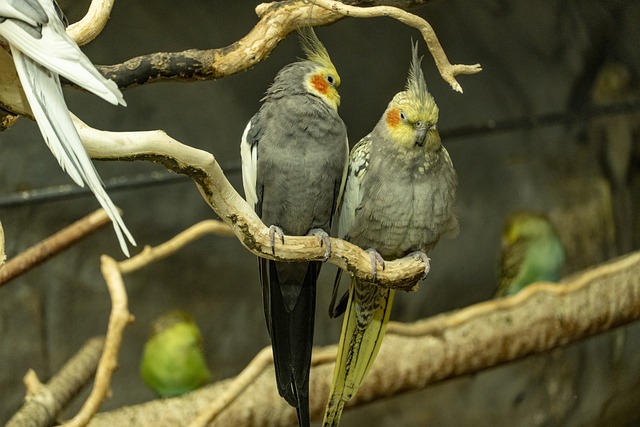Mary or Bob? What is your cockatiel’s name? Is it a boy or a girl? Unless you are another parrot, with that amazing eyesight allowing them to see colors and signs that we cannot, it is impossible, in almost all cases, to see the difference between a male and female of any given species.
Lucky you! It just so happens that cockatiels are one of the very few parrot species that are “dimorphic”, meaning that they can be sexed visually by mere humans. And it’s pretty easy to do!
As is the case with the majority of the animal kingdom, the males are typically more vibrant in coloration. This also holds true in the avian world. The male standard cockatiel can be identified sexually by observing the head and the tail.

The head of the standard gray male is entirely yellow, with bright orange cheek patches. The head of the female is duller (though no less cute!), with less defined cheek patches. The tail of the standard male is consistently gray on the top and bottom while the underside of the female’s tail has to bar. It’s simple and fairly accurate.
There are several good reasons to know the sex of your parrot and the knowledge can be particularly helpful for cockatiel caregivers. If you are a breeder, the reasons for knowing the sex of your bird are obvious. But male and female behaviors differ in many parrot species – especially around the time of sexual maturity and during the breeding season.
Female cockatiels are prone to the over-laying of eggs, creating special dietary needs and posing potential health risks. Knowing the sex of your parrot can help you plan for these times and help you keep the environment appropriate for the sex of your bird.
